chainsawal
TPF Noob!
- Joined
- Oct 14, 2013
- Messages
- 36
- Reaction score
- 13
- Can others edit my Photos
- Photos OK to edit
Over the last few years I have shot a ton of outdoor competitive sports photography (i.e. soccer, softball) of my 3 girls... bright days are ok, overcast days are perfect, and I usually put the camera down once it gets too dark to shoot with my fastest lenses.
This winter, my girls are starting to play indoor sports (i.e. volleyball, basketball) and I am struggling on what equipment / settings I need to get good "freeze-action" pictures.
For reference, I own a D800 / D600 / D7000. I mainly shoot sports with the D600, but sometimes us the D800 with the grip for marginally higher FPS vs. D800 without.
Obviously I can't use strobes indoors during the event and lighting is hit and miss. I have a Nikkor 70-200mm f/2.8 but even using that lens, in order to get a shutter speed of 800 to 1000, the ISO is insanely high making the images very noisy. And that is wide open at 2.8. I am not expecting portrait quality, but I am currently throwing pics out entirely as they are either took dark or too grainy.
I am willing to invest in a new lens if needed, but if I can't get a f/2.8 to work, what are my options? What am I doing wrong? I see media photographers shooting indoors with the same lens on better bodies (e.g. D4) so I can't be that far off... I hope
Any advice would be greatly appreciated.
Chainsawal
My lens portfolio:
Nikkor 50mm f/1.8
Nikkor 70-200mm f/2.8
Nikkor 80-400mm f/4-5.6 (which is not an option indoors)
Sigma 16mm Fisheye
Nikkor 105mm Macro f/2.8
Nikkor 24-70mm f/2.8 (my general carry around lens)
This winter, my girls are starting to play indoor sports (i.e. volleyball, basketball) and I am struggling on what equipment / settings I need to get good "freeze-action" pictures.
For reference, I own a D800 / D600 / D7000. I mainly shoot sports with the D600, but sometimes us the D800 with the grip for marginally higher FPS vs. D800 without.
Obviously I can't use strobes indoors during the event and lighting is hit and miss. I have a Nikkor 70-200mm f/2.8 but even using that lens, in order to get a shutter speed of 800 to 1000, the ISO is insanely high making the images very noisy. And that is wide open at 2.8. I am not expecting portrait quality, but I am currently throwing pics out entirely as they are either took dark or too grainy.
I am willing to invest in a new lens if needed, but if I can't get a f/2.8 to work, what are my options? What am I doing wrong? I see media photographers shooting indoors with the same lens on better bodies (e.g. D4) so I can't be that far off... I hope
Any advice would be greatly appreciated.
Chainsawal
My lens portfolio:
Nikkor 50mm f/1.8
Nikkor 70-200mm f/2.8
Nikkor 80-400mm f/4-5.6 (which is not an option indoors)
Sigma 16mm Fisheye
Nikkor 105mm Macro f/2.8
Nikkor 24-70mm f/2.8 (my general carry around lens)
Last edited:



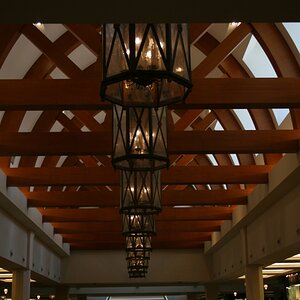
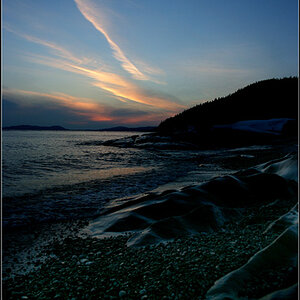
![[No title]](/data/xfmg/thumbnail/37/37606-3c9ffb5906173fa2aa489341967e1468.jpg?1619738148)
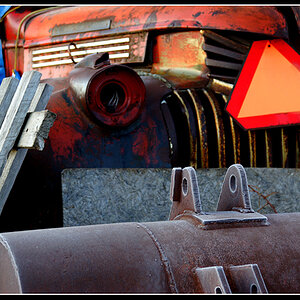
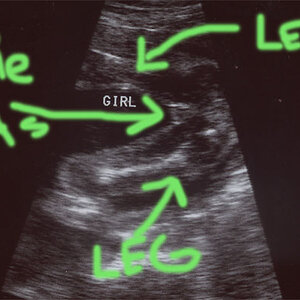
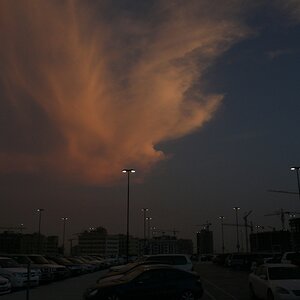
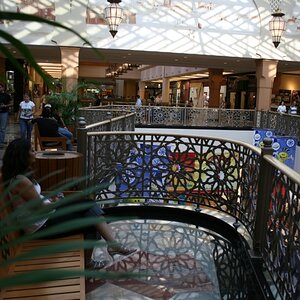
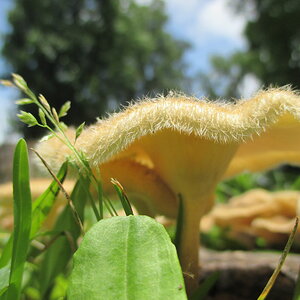

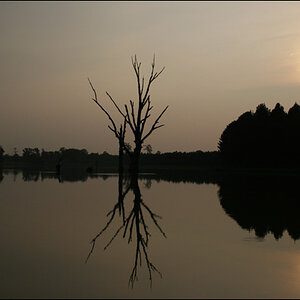
![[No title]](/data/xfmg/thumbnail/32/32700-18534997be82e5150c566a9e67a00471.jpg?1619735602)